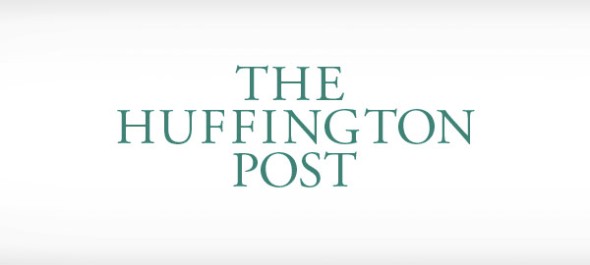This opening sequence of Sherlock is clearly in the setting of London as at the beginning it shows London landmarks and life. London is known for high crime rates which may suggest the show is revolved around crime. This is the only time when bright colours are used as the rest of the opening is shown in dim lighting and mainly uses dim colours, for example the colour black is used often. This colour used may symbolise death and darkness as well as give the audience an insight as to what the show is about. However the colour has different representations and may not connotates death, for example in China white represents death. There is a flash of an image of a gun which connotates violence and death, thus reassuring the assumption that this show is based around crime. There are no facial expressions or body language showing, creating a mystery of who the characters are for those first viewing it.
The first edited word inserted into the sequence is ‘Sherlock’ in capital letters and a bold font. The typeface appears to be a worn texture, suggesting roughness as well as harshness. This being the first word also suggests its importance. The next two texts are of the two main actors in a similar typeface, however it is not as bold, this is the same for the rest of the text. There is also written text such as ‘bomber’ and ‘connection’. This choice of words emphasises it being a crime solving based show.
The framing of this opening is mainly close ups and mid shot, however they occasionally zoom in and out, possibly acting as a magnifying glass, typically associated with Sherlock. This opening sequence may represent the mind of Sherlock, making the audience more interested in the show as an insight to the main character is already given. For example the image of the gun could signify murder in Sherlock’s mind. The only full face shown in the sequence is a males; Sherlock’s, possibly representing men in a dominant position as intelligent quick thinkers, supporting Goffman’s 1972 theory. This image of Sherlock could also represent ethnicity as he is white. People who are white are stereotypically dominant and superior and also more intelligent, linking to the representation of gender. Not only does this represent gender and ethnicity, is also represents age. Sherlock appears to be a middle aged man, and those who are older stereotypically tend to be wiser and well educated, they also represent responsibility and independence.
Watch here:












